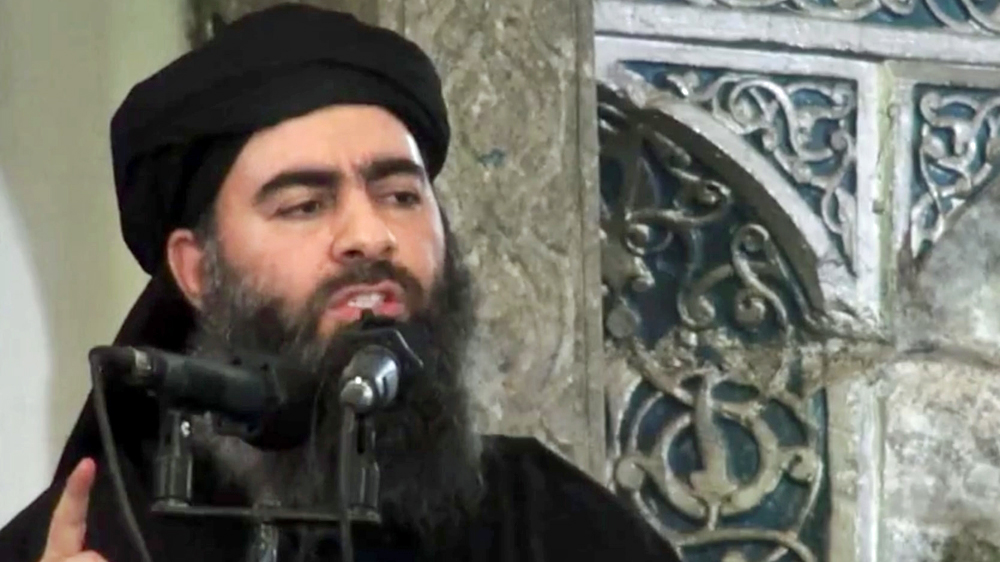ISIL defeated in final Syria victory: SDF
US-backed fighters in Syria’s east have declared their final victory over ISIL, ending a four-year battle against the group that once held territory spanning a third of Syria and Iraq.
An official of the Syrian Democratic Forces (SDF) announced the defeat of the Islamic State of Iraq and the Levant (ISIL, or ISIS) group via Twitter on Saturday.
On Friday, Mustafa Bali, the head of the SDF media office said on Twitter that heavy fighting continued around Baghouz to “finish off whatever remains of ISIS”.
The US Defense Department said on Friday that ISIL no longer held any territory in Syria, according to a White House spokeswoman.
US Acting Defense Secretary Patrick Shanahan briefed President Donald Trump as he was travelling to Florida on Air Force One, spokeswoman Sarah Sanders said.
She said that the “territorial caliphate has been eliminated in Syria”. Responding to a question regarding whether the armed group’s territory had been “100 percent” eliminated, Sanders said “Yes.”
The SDF has been battling for weeks to defeat ISIL in Baghouz in southeastern Syria at the Iraqi border.
It was all that remained of the territory the armed group ruled.
Rise and fall of ISIL
ISIL began as an offshoot of al-Qaeda in Iraq, which in 2006 became known as the Islamic State of Iraq (ISI). The movement, led by key al-Qaeda figures, played a major role in driving the sectarian conflict that followed the US invasion in 2003.
ISI carried out deadly attacks in the Iraqi capital, Baghdad, during this period, targeting Western-allied tribal leaders and US army posts before eventually being pushed out.
 |
| ISIL leader Abu Bakr al-Baghdadi remains at large while stakeholders in the Syria conflict claim he is dead [The Associated Press] |
Undeterred, it soon pitched up in Mosul, Iraq’s second-largest city, which it then used as a hub to continue its attacks.
In 2010, the group’s current leader Abu Bakr al-Baghdadi was named ISI chief. Two years later, he mandated ISI affiliates to set up an offshoot in Syria – a country that had been forced to contend with its own civil war.
Members of that offshoot, first known as Jabhat al-Nusra, were then integrated into ISIL after a number of defections.
ISIL quickly began to establish its presence over drained, vulnerable, war-torn areas in Syria and Iraq, making it easy for the group to gain both influence and military power.
Meanwhile in Raqqa, ISIL worked on weakening the Free Syrian Army (FSA), which opposed forces loyal to Syrian President Bashar al-Assad. It eventually ejected the two largest FSA factions at the start of 2014.
Al Jazeera’s Farah Najjar contributed to this report.




